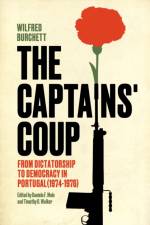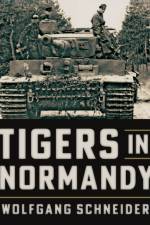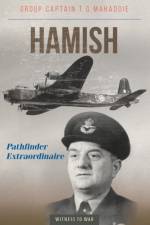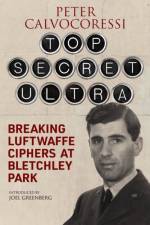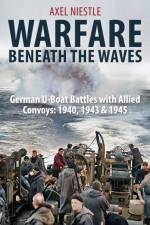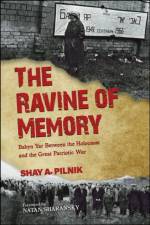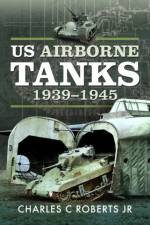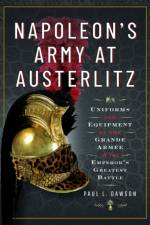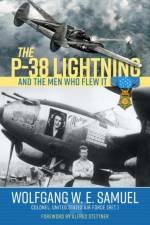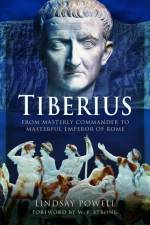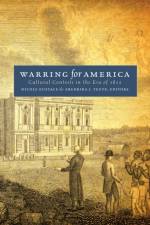av Paul L Dawson
381
A snow-capped hill in modern day Czech Republic, dominated by a small church with black onion dome, stands on a field of battle that cemented Napoleon's position as Emperor of the French. His throne was secure. His power was limitless. Europe lay at his feet. The Battle of Austerlitz is almost universally regarded as the most impressive of Napoleon's many victories. The magnitude of the French achievement against a larger Russian and Austrian force was unprecedented, the great victory being met by sheer amazement and delirium in Paris, where, just days earlier, the nation had been teetering on the brink of financial collapse. It was a time when Napoleon's Grande Armée was at the apogee of its power.Trained on the Channel coast for over two years, the Grande Armée was considered to be the most powerful, and in many respects the most glamourous, fighting force in Europe. Using archive documents from the time, this book sets out to chart the story of the men who made up the army. Incorporating rare eye-witness reports, that have to date never been used in English or French histories, we assess if the army was indeed the best in the world. Men like Grouchy, Oudinot, Ney, D'hautpoul and many other famous names put the army through its paces - it is their judgements that confirm or deny the effectiveness of the army.These men also minutely examined the men's clothing and equipment. Using these reports we present for the first time the true story of the Grande Armée. This has been possible due to the author's access to a vast resource, as yet untapped by the vast majority of researchers and historians for understanding Napoleonic era in general. These are the regimental archive boxes preserved in the French Army Archives. From the regimental inspections, as well as the observations of Divisional commanders written at the time, these sources provide, potentially bias free empirical data - it is based on personal assessments thus is not error free - from which we can reconstruct the life story of a regiment, its officers and above all its clothing.More uniquely, the text is supported by an unrivalled collection of full colour illustrations, many of which have never been published before, including images of original items of equipment that are held in both museums and private collections to which the author has been granted special access.In this beautifully illustrated book, Paul Dawson critically re-examines the mythos and presents the judgement call made at the time about the army, that has ever since been overtly romanticised by both lovers and haters of Napoleon.


